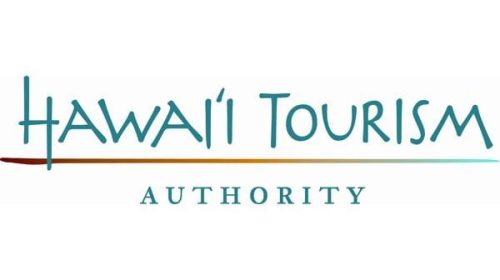NEW REPORT SHOWS CONSUMER DEBT INCREASED FASTER IN HAWAII THAN THE NATION IN 2017
HONOLULU – The Department of Business, Economic Development and Tourism (DBEDT) released a report today, “2017 Quarterly Consumer Debt Report,” which shows total consumer debt increased 4.1 percent for Hawaii consumers between the first quarter and the fourth quarter of 2017, higher than the 3.5 percent experienced at the national level.
“This report highlights why home equity lines of credit and home equity loans are more popular in Hawaii than the nation due to our high home prices,” said DBEDT Director Luis P. Salaveria. “We saw the number of accounts in these two types of financing methods increase, while the number of accounts in these two methods decreased for the U.S. between first and fourth quarter of 2017. The report also shows Hawaii’s delinquency rates were lower than the U.S. average for all the debt categories, which is encouraging.”
Chief State Economist Dr. Eugene Tian noted that the highest growth in debt occurred in bankcard loans and personal loans for both Hawaii (9.4 percent and 7.1 percent, respectively), and the nation (9.8 percent and 9.6 percent, respectively) between the first and fourth quarter of 2017. The outstanding balance for home equity loans increased 7 percent in Hawaii but decreased 2.3 percent at the national level between the first and fourth quarter of 2017.
Following are some of the highlights of the report:
During the fourth quarter of 2017, Hawaii had a total of $82.1 billion total consumer debt, accounting for 0.6 percent of the total U.S. consumer debt of $13.3 trillion during that period.
Among the population with at least one credit line (scored population), the average debt per person was $64,642 for Hawaii, 46 percent, which is about $20,000 higher than the national average of $44,284 during the fourth quarter of 2017.
For Hawaii consumers, mortgage debt comprised the largest share of total consumer debt, at approximately 77 percent of total consumer debt in Hawaii as compared to 69 percent at the national level. However, in the nation and in Hawaii, only about 17 percent of the scored population had mortgage debt.
Home equity line of credit (HELOC) was about 5 percent and home equity loan (HE Loan) was about 1.5 percent of the total consumer debt in Hawaii. Proportions of these categories were considerably lower in the nation, at 3.5 percent for HELOC and about 1 percent for HE Loans.
Auto loans and lease in Hawaii comprised 5.1 percent in Hawaii, compared to 9.2 percent in the nation.
Bank cards total balance as a share of total debt was also different in Hawaii as opposed to the nation overall (4.8 percent in Hawaii, but 5.9 percent in the nation). On average, Hawaii consumers carried 1.74 bank cards, higher than the national average of 1.57 cards.
Students’ debt proportion to total debt was another area of divergence between consumer debt in Hawaii and the nation. Student debt was about 4.8 percent of the total consumer debt, while for the nation, that proportion was at more than 9.8 percent. In Hawaii, 34 percent of consumers had a student loan balance during the fourth quarter of 2017, while more than 49 percent of the U.S. consumers had student loan balances during the same period.
The analysis in the report is based on data from Experian Information Solutions, Inc. DBEDT plans to update the report on an annual basis to monitor the status of Hawaii consumer debt and its relationship with the status of the economy.




